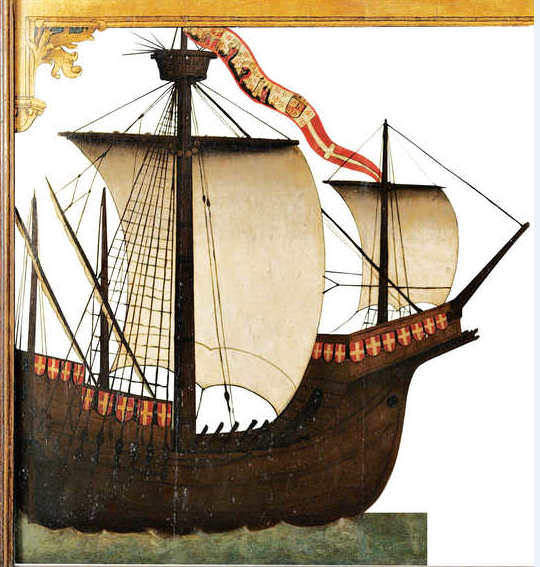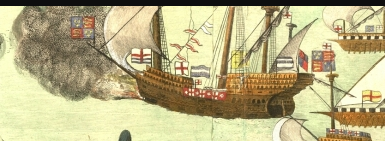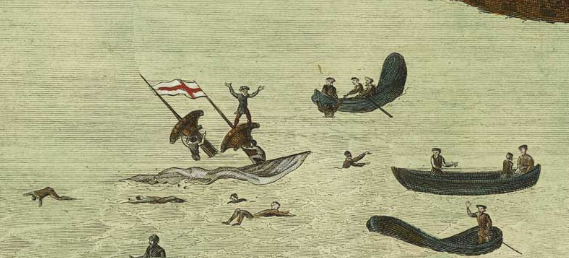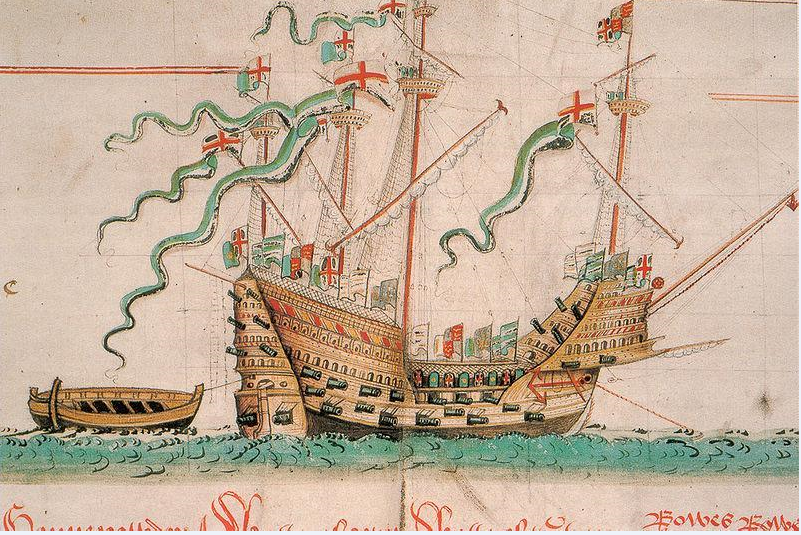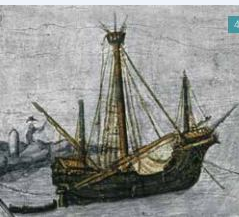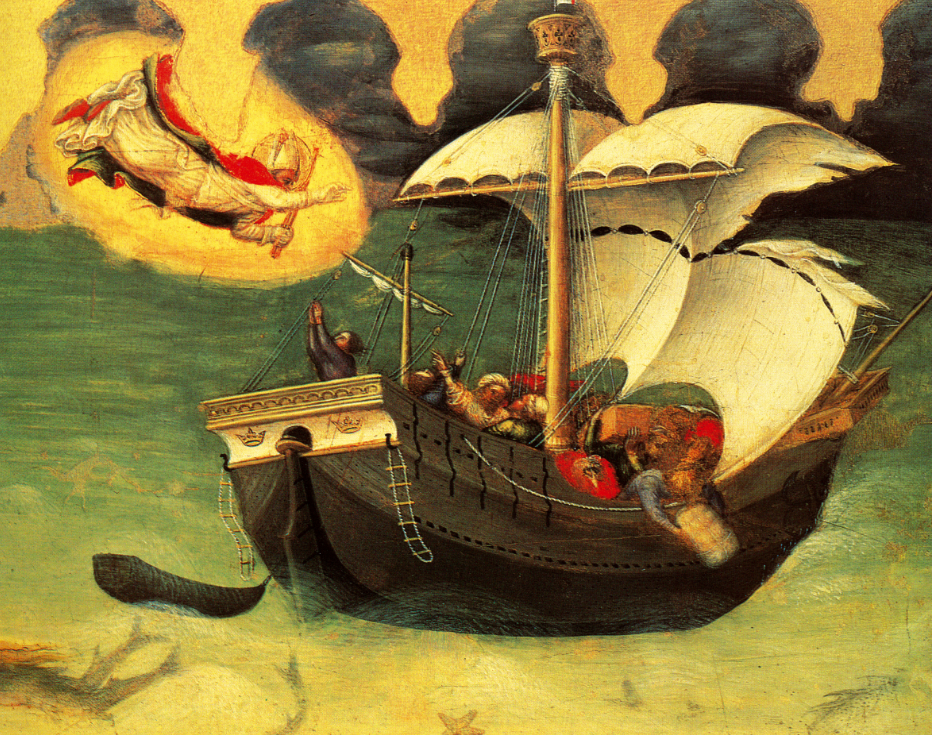-
Posts
7,989 -
Joined
-
Last visited
Content Type
Profiles
Forums
Gallery
Events
Everything posted by Louie da fly
-
That sequence sounds good - but only trying it out will tell you if it's right. I see you have the crosstrees in the list but haven't mentioned he trestletrees. Are you doing them at the same time as the crosstrees? I do like your blocks. Next time I make blocks I think I'll use this method (I've bookmarked this page for later reference). Do the sheaves turn or are they fixed in place? Happy New Year, Steven
-
You've done a really nice job with her, Chimp. "Beginner", indeed! I was in Bristol in 2009 and saw both the Great Britain (which was why we went there) and also the Mathew, which I wasn't expecting. Didn't get to see Brunel's wonderful bridge close up, but saw it from a distance. Unfortunately, the camera ran out of puff just at the wrong moment, so only got a few photos. I had a friend from Bristol so I was ready fr the accent- at least I thought I was . . . but getting directions from a bus driver showed me how wrong I was . . . Steven
-

Roter Löwe 1597 by Ondras71
Louie da fly replied to Ondras71's topic in - Build logs for subjects built 1501 - 1750
Beautiful work on the painting, Ondras. I want to be you when I grow up . . . -
Beautiful work, Patrick - as usual! Wonderfully precise and the detail is fantastic. Oh, and you were very close - the word is wooldings. Steven
- 756 replies
-
- galleon
- golden hind
-
(and 2 more)
Tagged with:
-
That boat's looking good. I'm just starting on the boat for my own Great Harry, so I'm very interested in what you're doing.
-
Not trying to put you off Le Cerf, but if you do decide to do what Kurt suggests and go for a simpler model first, then go back to Le Cerf, there are plenty of models available that give a gentle lead-in and enable you to build your skills to be ready for the more complicated builds - see Whichever way you choose to go, make sure you start a build log - it's the best way to get help and advice as you go along. And ask lots of questions, just as you already have. The people here are very friendly and helpful and can often give you assistance that helps you overcome an obstacle you've encountered without your having to "re-invent the wheel". Instructions on starting a build log are here: And have fun with it! Steven A
-
As you're probably aware, this model is based on the so-called "Mataro ship" in the National Maritime Museum Prins Hendrik, Rotterdam. One of our members visited not long ago and took some photos of the model - see As you can see, the cross-trees and trestle-trees on this model are in the same plane, so it's probably right to base yours on this. I agree about the blocks being "upside down" and I believe this is simply a mistake in the kit. Go with your own knowledge on this one - the ropes should come out at the top of the sheaves. I'm not sure about the halyard, but it's possible the yard was never meant to be hauled all the way up. These pics are pretty typical of how ships of the time carried the mainyard - as you can see, it's not hauled all the way up. Note also the top is made differently on the Mataro model than it is in your kit, and there is possibly enough space to get through the bottom from a rope ladder. If you haven't already made the top, perhaps you might consider making one that is closer to the original design. The rigging of the Mataro model has been messed with over the centuries and perhaps shouldn't be relied upon too much regarding the placement of the rope ladder. I think you should use your own judgment how best to do it. Steven
-
Looks very good. I don't know whether you've already seen this, but I just came across this: Lots of videos! https://webtv.vikingeskibsmuseet.dk/?poditemid=56372&tagsid=121&soegeord=
-
Good to know it hasn't fallen by the wayside. Merry Christmas to all. Steven
- 71 replies
-
- great harry
- henry grace a dieu
-
(and 3 more)
Tagged with:
-
Straight out of the Cowdray engraving! which also contains this picture of the Great Harry - unfortunately the original painting was destroyed in a fire and all we have is this 18th century copy, and I have my doubts about its faithfulness to the original - the copyist wasn't all that good at portraying ships. Steven
-
I only just saw this thread - sorry for not replying sooner. I'm afraid that picture is not from 1550 but much later. It depicts neither the original version of the Great Harry nor the later rebuild. This type of ship didn't come into use till at least 50 years later. This was discussed here: https://modelshipworld.com/topic/24505-the-great-harry-1511/?tab=comments#comment-720739 and here: https://modelshipworld.com/topic/24505-the-great-harry-1511/?tab=comments#comment-720739 The picture is taken from an 18th century print by Isaac Robert Cruickshank that can be found at the National Maritime Museum in Greenwich, England, claiming to have been taken from an engraving by Hans Holbein the Younger, who was contemporary with the Great Harry. Simply from the anachronistic details of the ship this is obviously not true, but it became the accepted idea of her appearance. A model based on the painting appeared in the Great Exhibition of 1851 and spawned a huge number of mass-produced copies - one of which is currently being restored by the Central Ohio Shipwrights - see https://modelshipworld.com/topic/24658-great-harry-henry-grace-a-dieu-restoration/. This ship is close to my heart because I built a model of her way back in the 1960s, based on the reconstruction drawings in Björn Landström's book The Ship and I am currently restoring her. See https://modelshipworld.com/topic/12426-henry-grace-a-dieu-great-harry-by-louie-da-fly-scale-1200-repaired-after-over-40-yrs-of-neglect/?tab=comments#comment-376471 1. Regarding your question about the rebuilding, I believe there was a discussion on the forum not that long ago about this subject but I didn't take a note of it at the time. We can be pretty sure the hull was kept much the same, but it would have been pierced for large cannon and the upper works would have been changed to some degree. The Anthony Roll and the Embarkation at Dover, the only surviving depictions that are contemporary, show how she was after the rebuild. The Embarkation, though showing an incident of 1510 is thought to have been produced in about 1545. So in 1545 she would still have looked like a very large carrack, but with a flat stern rather than the round one characteristic of carracks before about 1510. And we are fortunate nowadays to have the Mary Rose - a "sister ship" launched and rebuilt at the same time as the Great Harry but somewhat smaller - anything that applies to her would apply equally to the Great Harry. 2. According to the Anthony Roll, these are the guns the Great Harry was supplied with in 1545 (this info is available from a google search for "Anthony Roll Great Harry"). The numbers are in Roman numerals Gonnes of brasse Cannons - iiij Demy cannons - iij Culveryns - iiij Demy culveryns - ij Sakers - iiij Cannon perers - ij Fawcons - ij Gonnes of yron Porte pecys - xiiij Slynges - iiij Demy slynges - ij Fowlers - viij Baessys - lx Toppe pece - ij Hayle shotte pecys - xl Handgonnes complete - c This includes large and small guns. The brass guns were usually big, the iron ones often smaller, but the bigger ones were first in each list. The descriptions of Henrician guns is a whole subject in itself and is much more detailed than I can answer here. 3. For the belaying of the lateen topsail sheets, neither the Anthony Roll nor the Embarkation at Dover give any information. Björn Landström's reconstruction in his book The Ship shows booms angled out from the mast to take the sheets, but he was of the opinion that these sails were probably only for display, not for use. I hope this helps. Unfortunately the picture is not of the Great Harry of 1545. When I built my own model the Mary Rose hadn't been discovered, and there wasn't an internet, so it contains a lot of errors. What you decide to do with your own model is up to you, but it might be nice to see someone else take her on based on up-to-date info. If there's anything I can do to help, please don't hesitate to ask - or PM me if you wish.
-
Haven't had any updates since September. Is this one still going? I certainly hope so. Steven
- 71 replies
-
- great harry
- henry grace a dieu
-
(and 3 more)
Tagged with:
-
And have a look at surviving Viking ships to see if the rivets are even visible! Putting them on may make it look less accurate rather than more.
About us
Modelshipworld - Advancing Ship Modeling through Research
SSL Secured
Your security is important for us so this Website is SSL-Secured
NRG Mailing Address
Nautical Research Guild
237 South Lincoln Street
Westmont IL, 60559-1917
Model Ship World ® and the MSW logo are Registered Trademarks, and belong to the Nautical Research Guild (United States Patent and Trademark Office: No. 6,929,264 & No. 6,929,274, registered Dec. 20, 2022)
Helpful Links
About the NRG
If you enjoy building ship models that are historically accurate as well as beautiful, then The Nautical Research Guild (NRG) is just right for you.
The Guild is a non-profit educational organization whose mission is to “Advance Ship Modeling Through Research”. We provide support to our members in their efforts to raise the quality of their model ships.
The Nautical Research Guild has published our world-renowned quarterly magazine, The Nautical Research Journal, since 1955. The pages of the Journal are full of articles by accomplished ship modelers who show you how they create those exquisite details on their models, and by maritime historians who show you the correct details to build. The Journal is available in both print and digital editions. Go to the NRG web site (www.thenrg.org) to download a complimentary digital copy of the Journal. The NRG also publishes plan sets, books and compilations of back issues of the Journal and the former Ships in Scale and Model Ship Builder magazines.






